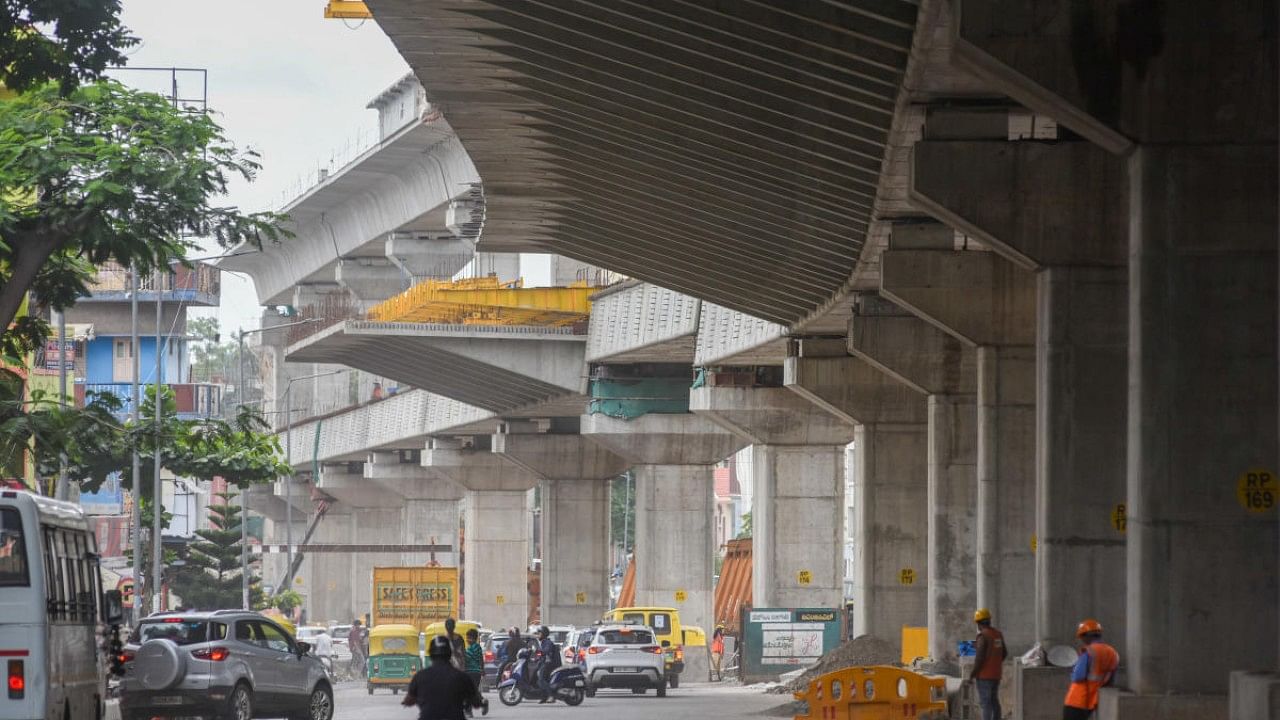
Most Indian cities have two parts: new and old. Interestingly, the older, organic, unplanned, chaotic parts of the city with their narrow and busy lanes, crowded junctions, and cluttered establishments, which are the heart and soul of the city, are often avoided by many of its middle-class residents, driving cars.
Internationally, off late, there is much talk of the 15-minute city -- a concept that envisions a more decentralised city, divided into networks of self-sufficient neighbourhoods where individuals feel more connected and catered for. The concept propagates access to goods and services, smaller-scale offices, retail and hospitality, co-working and open, green spaces. The 15-minute city is being hailed as a spatial development model to help foster a more local, healthy, equitable and sustainable way of life.
Interestingly, if one looks at the older parts of Indian cities, they could easily fall into this category. The spatial and social fabric of the older Indian cities constitute a realm that provides a meeting point of several communities. The streets, the main arteries of tehis spatial network, are never merely machines for shopping but the site for numerous other activities. They are named after the professions of the communities that first settled and established their trade in the area. In Old Delhi, Paranthe Wali Gali, Gali Chamre Wali (leather) and Batashe Wali Gali (batasha is a type sugar candy) are some of the better known streets. Monotype road and Surya Beedi Road in the Bengaluru Pete area too are named after the trade.
Even today, descendants of the first merchants continue to live and run their family businesses in the old city. Shops co-exist alongside work places, schools, eateries, transport terminals, bathing points, political headquarters, offices, administrative centres, places of worship as well as temporary and permanent dwellings.
The multifunctional structure of the street is an admixture of overlapping spaces that merge public and private, work and leisure, and the religious and profane. A sense of familiarity is created through particular modes of address, types of economic exchange and the spaces provide for a range of social practices from the commercial to the recreational; the industrial to the religious.
Streets in the old city are a temporary stage where political and religious dramas unfold. While there are ‘fixed’ shops, mobile providers of services such as fortune-tellers, shoe-shiners, barbers, letter-writers, shoe repairers, bicycle fixers and chai-wallahs spill out onto the sides of the street, blurring the front-stage and backstage realms. Children play on the street as adults loiter with friends, sitting, observing and meeting people.
Dwellings located alongside shops are the site for domestic activities such as collecting water, washing clothes, cooking and child rearing. For pavement dwellers, the street is a temporary home, where they carry out routine activities like washing. Such temporary sites and activities dissolve preconceived notions of ownership, and question the distinction between private and public. Travelling in the old city is never a seamless journey but a choreography -- a sequence of interruptions and encounters with animals, people and vehicles. Rather than video surveillance and policing, the language of law and order in the old city is achieved by thousands of shopkeepers, community and pavement dwellers. The seeming disorder and lack of regulation disguises the forms of power that are played out in the street. Despite the State, the urban poor continuously make and remake space in the old city, in distinctly personal ways.
Currently, the rhetoric of disorder -- dilapidation, informal, congested, dirty, crowded and worthless -- associated with any Old City, in development proposals, puts the planners’ imagination at odds with the lived realities of these places. The history and the diversity of labour of a place are not considered assets in and of themselves but are sometimes seen as obstacles to be removed or remodelled in order to support the dominant discourse of smart urbanism; that of creating functional spaces for maximising consumption and facilitating transit.
Despite their narrative of flexibility and democratic choice, urban transformations initiated by the government seek to ‘aestheticise’ rather than celebrate the existing culture and built heritage, thus further excluding those already marginalised. The Old City is perceived as a dangerous, unhealthy space. In Bengaluru, many older residents have sold their ancestral homes to builders and moved to newer leafier localities such as Basavangudi and beyond. Perhaps, if we could refocus on the old city in a more empathetic manner; improve its basic infrastructure like water and sanitation, create pockets of greenery by decongesting some areas, and upgrade the basic housing stock in the slums and allow residents to live in their ancestral homes as they always have, we could change the narrative of the sanitised western 15-minute city to merge with that of the older historical Indian city.
(The writer is a Bengaluru- based urban planner)